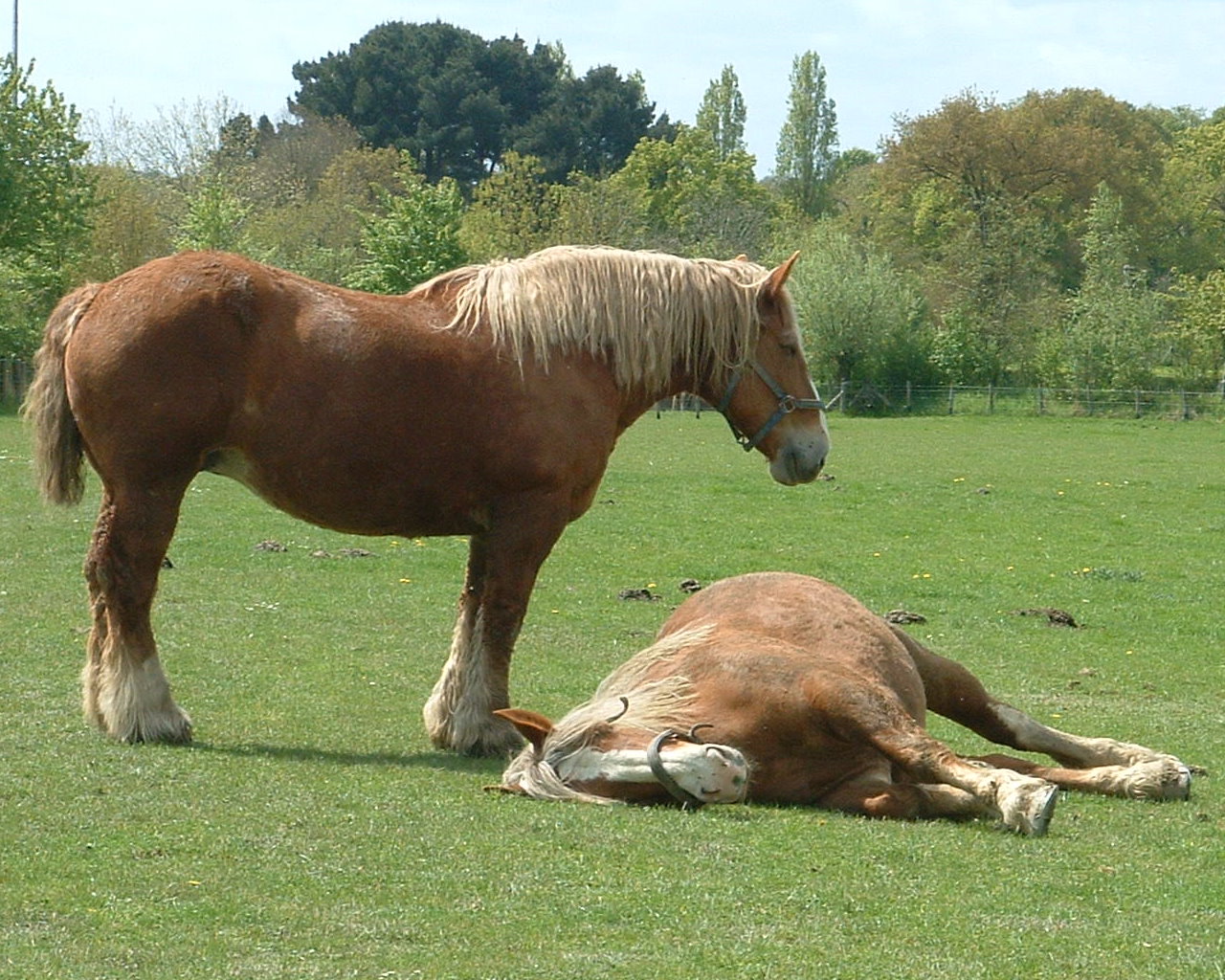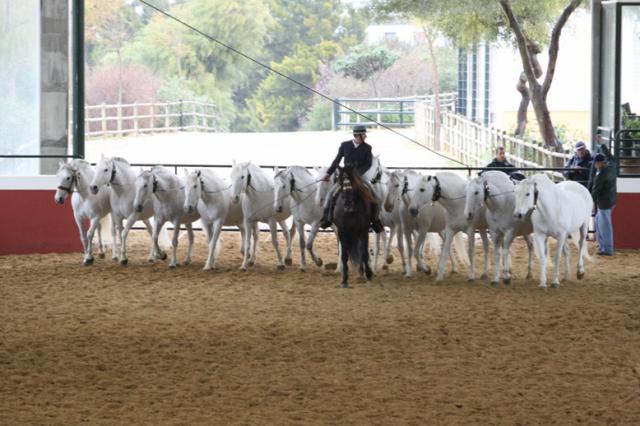|
Hispano-Bretón
The Hispano-Bretón is a Spanish breed of horse developed by crossing native Pura Raza Española horses with imported Breton draught horses. The breed is found mainly in two separate areas of northern Spain: Castile and León and parts of neighboring Cantabria; and the Pyrenees of Catalonia. The Hispano-Bretón is listed in the Catálogo Oficial de Razas de Ganado de España in the group of autochthonous breeds in danger of extinction. See also *Iberian horse The Iberian horse is a designation given to a number of horse breeds native to the Iberian peninsula. At present, some breeds are officially recognized by the FAO, References Further reading * M.D. Gómez, P.J. Azor, M.E. Alonso, J. Jordana, M. Valera (2012)[...More Info...] [...Related Items...] OR: [Wikipedia] [Google] [Baidu] |
Breton Horse
The Trait Breton is a French breed of draught horse. It originated in Brittany, in north-west France, from cross-breeding of local horses with various other breeds. It is strong and muscular, and often has a chestnut coat. There are two principal subtypes: the Postier Breton is an agile harness and light draught breed; the Trait Breton is heavier, and best suited to agricultural work. The Breton was used as a working animal for agricultural and military purposes; in the twenty-first century it is reared principally for horsemeat. A stud book was started in 1909. History The Breton was originally bred for strength and durability."Breton" ''The International Museum of the Horse''. Referenced 1 August 2011. One theory is that they were brought to Europe during the |
Horse Breeds
This article is a list of horse and pony breeds with articles on Wikipedia, and also includes terms for types of horse that are not necessarily standardized breeds but are often labeled as breeds. While there is no scientifically accepted definition of the term "breed",The state of the world's animal genetic resources for food and agriculture. Barbara Rischkowsky and Dafydd Pilling. Commission on Genetic Resources for Food and Agriculture. 2007 a breed is generally defined as having distinct true-breeding characteristics over a number of generations. Its members may be called "purebred". In most cases, bloodlines of horse breeds are recorded with a breed registry. The concept is somewhat flexible in horses, as open stud books are created for recording pedigrees of horse breeds that are not yet fully true-breeding. Registries also are considered the authority as to whether a given breed is listed as a "horse" or a "pony". There are also a number of "color breed", sport horse, a ... [...More Info...] [...Related Items...] OR: [Wikipedia] [Google] [Baidu] |
Andalusian Horse
The Andalusian, also known as the Pure Spanish Horse or PRE (Spanish language literally translates to “Spanish pure breed”. This name is sometimes capitalized when used in English-language publications, but is all lower-case in Spanish, which does not capitalize adjectives derived from proper nouns.), is a horse breed from the Iberian Peninsula, where its ancestors have lived for thousands of years. The Andalusian has been recognized as a distinct breed since the 15th century, and its conformation has changed very little over the centuries. Throughout its history, it has been known for its prowess as a war horse, and was prized by the nobility. The breed was used as a tool of diplomacy by the Spanish government, and kings across Europe rode and owned Spanish horses. During the 19th century, warfare, disease and crossbreeding reduced herd numbers dramatically, and despite some recovery in the late 19th century, the trend continued into the early 20th century. Exports o ... [...More Info...] [...Related Items...] OR: [Wikipedia] [Google] [Baidu] |
Draft Horse
A draft horse (US), draught horse (UK) or dray horse (from the Old English ''dragan'' meaning "to draw or haul"; compare Dutch ''dragen'' and German ''tragen'' meaning "to carry" and Danish ''drage'' meaning "to draw" or "to fare"), less often called a carthorse, work horse or heavy horse, is a large horse bred to be a working animal doing hard tasks such as plowing and other farm labor. There are a number of breeds, with varying characteristics, but all share common traits of strength, patience, and a docile temperament which made them indispensable to generations of pre-industrial farmers. Draft horses and draft crossbreds are versatile breeds used today for a multitude of purposes, including farming, draft horse showing, logging, recreation, and other uses. They are also commonly used for crossbreeding, especially to light riding breeds such as the Thoroughbred, for the purpose of creating sport horses of warmblood type. While most draft horses are used for driving, they c ... [...More Info...] [...Related Items...] OR: [Wikipedia] [Google] [Baidu] |
Castile And León
Castile and León ( es, Castilla y León ; ast-leo, Castiella y Llión ; gl, Castela e León ) is an autonomous community in northwestern Spain. It was created in 1983, eight years after the end of the Francoist regime, by the merging of the provinces of the historic region of León: León, Zamora and Salamanca with those of Castilla La Vieja (Old Castile): Ávila, Burgos, Palencia, Segovia, Soria and Valladolid. The provinces of Santander and Logroño, which until then had formed part of Castile, opted out of this merger and formed the new Autonomous Communities of Cantabria and La Rioja respectively. Castile and León is the largest autonomous community in Spain in terms of area, covering 94,222 km2. It is however sparsely populated, with a population density below 30/km2. While a capital has not been explicitly declared, the seats of the executive and legislative powers are set in Valladolid by law and for all purposes that city (also the most populated municipali ... [...More Info...] [...Related Items...] OR: [Wikipedia] [Google] [Baidu] |
Cantabria
Cantabria (, also , , Cantabrian: ) is an autonomous community in northern Spain with Santander as its capital city. It is called a ''comunidad histórica'', a historic community, in its current Statute of Autonomy. It is bordered on the east by the Basque autonomous community (province of Biscay), on the south by Castile and León ( provinces of León, Palencia and Burgos), on the west by the Principality of Asturias, and on the north by the Cantabrian Sea (Bay of Biscay). Cantabria belongs to ''Green Spain'', the name given to the strip of land between the Bay of Biscay and the Cantabrian Mountains, so called because of its particularly lush vegetation, due to the wet and moderate oceanic climate. The climate is strongly influenced by Atlantic Ocean winds trapped by the mountains; the average annual precipitation is about . Cantabria has archaeological sites from the Upper Paleolithic period, although the first signs of human occupation date from the Lower Paleolithic. ... [...More Info...] [...Related Items...] OR: [Wikipedia] [Google] [Baidu] |
Pyrenees
The Pyrenees (; es, Pirineos ; french: Pyrénées ; ca, Pirineu ; eu, Pirinioak ; oc, Pirenèus ; an, Pirineus) is a mountain range straddling the border of France and Spain. It extends nearly from its union with the Cantabrian Mountains to Cap de Creus on the Mediterranean Sea, Mediterranean coast. It reaches a maximum altitude of at the peak of Aneto. For the most part, the main crest forms a divide between Spain and France, with the microstate of Andorra sandwiched in between. Historically, the Crown of Aragon and the Kingdom of Navarre extended on both sides of the mountain range. Etymology In Greek mythology, Pyrene (mythology), Pyrene is a princess who eponym, gave her name to the Pyrenees. The Greek historiography, Greek historian Herodotus says Pyrene is the name of a town in Celts, Celtic Europe. According to Silius Italicus, she was the virgin daughter of Bebryx, a king in Narbonensis, Mediterranean Gaul by whom the hero Hercules was given hospitality during his ... [...More Info...] [...Related Items...] OR: [Wikipedia] [Google] [Baidu] |
Catalonia
Catalonia (; ca, Catalunya ; Aranese Occitan: ''Catalonha'' ; es, Cataluña ) is an autonomous community of Spain, designated as a ''nationality'' by its Statute of Autonomy. Most of the territory (except the Val d'Aran) lies on the northeast of the Iberian Peninsula, to the south of the Pyrenees mountain range. Catalonia is administratively divided into four provinces: Barcelona, Girona, Lleida, and Tarragona. The capital and largest city, Barcelona is the second-most populated municipality in Spain and the fifth-most populous urban area in the European Union.Demographia: World Urban Areas – Demographia, April 2018 Current day Catalonia comprises most of the medieval and early modern Principality o ... [...More Info...] [...Related Items...] OR: [Wikipedia] [Google] [Baidu] |
Iberian Horse
The Iberian horse is a designation given to a number of horse breeds native to the Iberian peninsula. At present, some breeds are officially recognized by the FAO,'FAO breed list' accessed March 15, 2012, cites 3 Portuguese and 20 spanish breeds while other horses believed to be native to the peninsula are not. Likewise, some modern breeds are understood from mitochondrial DNA to be descended from historic s, while others have origins outside the Iberian peninsula. The remaining FAO-recognized breeds are of well-known foreign blood, or are recently developed breeds. History Cave pa ...[...More Info...] [...Related Items...] OR: [Wikipedia] [Google] [Baidu] |





